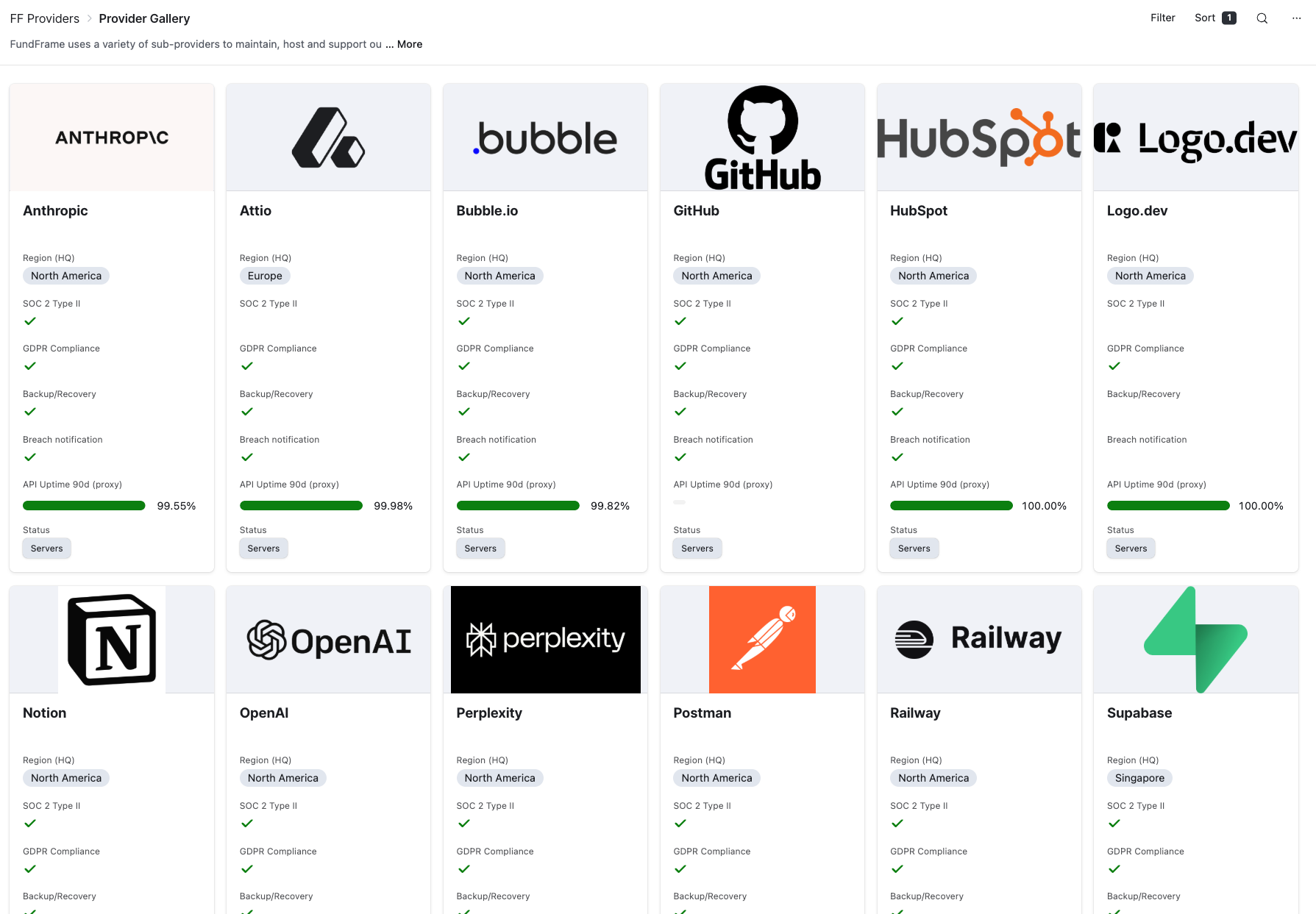Our Private Equity Fund Economics Calculator is a simple yet powerful tool designed to help General Partners (GPs) and Limited Partners (LPs) better understand fund economics, particularly as fund sizes grow.
For General Partners, it answers an essential question:
"As my fund size increases, how much can my investment returns actually decrease while still achieving the same economic outcome for me through management fees and carried interest?"
In other words, as funds get larger, the tool clearly illustrates how GPs may still maintain or even grow their economic returns, even if performance declines.
For Limited Partners, it helps understand the incentives of the GP in raising a larger fund and quantify this impact on performance expectations.
Using the app
You can use the app as it is below. For the full (and slightly better) experience, you can go to the desktop version here: Click here to go to desktop / full screen version.
Why is this relevant for General Partners?
If you're a GP considering raising a larger fund, it's crucial to understand the economic dynamics clearly. Raising bigger funds often brings operational challenges, deployment pressure, and potentially diluted returns. Yet, bigger fund sizes also mean larger management fees and potentially significant carried interest pools.
Using this calculator, you can quickly model:
- The exact performance levels needed to achieve equivalent GP economics with larger funds.
- How changes in fund size and management fee structures influence your overall financial outcomes.
By quantifying this trade-off, you get clarity around strategic fundraising decisions.
What does it mean for Limited Partners?
For LPs, this tool sheds light on GP incentives when raising larger funds. It's helpful to understand:
- The potential alignment or misalignment of incentives between you as an LP and the GP.
- How larger funds might influence GP behavior in terms of risk appetite, deployment pace, and deal selection.
- The economic rationale behind fund size growth and its practical implications for fund performance.
Armed with this information, LPs can ask better questions during fundraising and due diligence processes.
How does the calculator work?
The calculator is intuitive:
- Enter current fund size and management fee.
- Input next targeted fund size and its associated management fee.
- Provide assumptions for expected returns and profit margins on management fees.
The output clearly shows the comparative economics for GPs, revealing how much returns can decrease (or must maintain) to preserve economic parity.
Practical uses of the Private Equity Fund Economics Calculator
- Fundraising strategy: Quickly estimate the economic viability of pursuing larger fund sizes.
- Investor communication: Clearly articulate GP economics and incentives to prospective LPs.
- Internal benchmarking: Evaluate past and potential future fund economics side-by-side.
- Negotiating management fees: Analyze how different fee structures impact GP returns.
Limitations of the Calculator
While useful, the calculator does have several limitations:
- No hurdle rate included: Currently, the calculator does not factor in the hurdle rate, which is typically an important aspect of GP economics.
- Fee structures for new managers: The tool assumes standard fee streams, but new or emerging managers often have lower or varying fee structures.
- Simplified assumptions: It operates under basic





